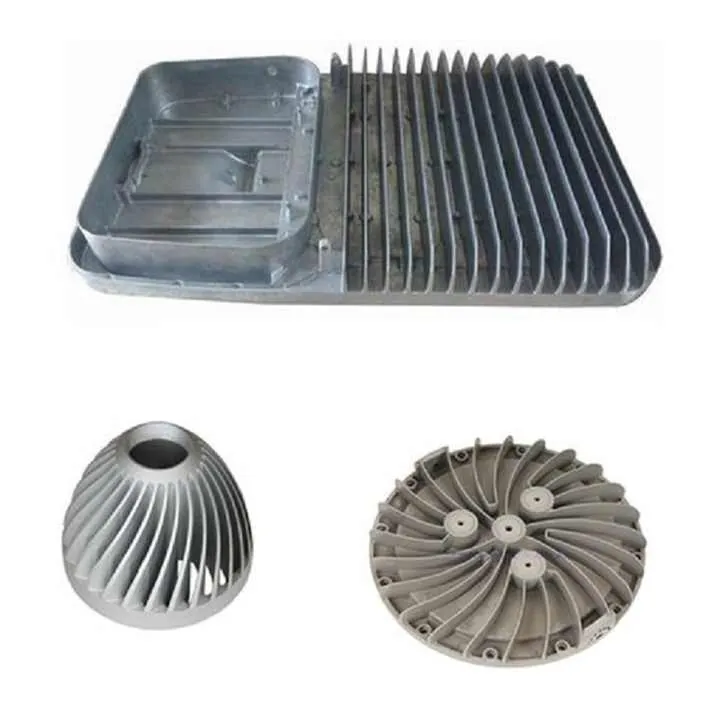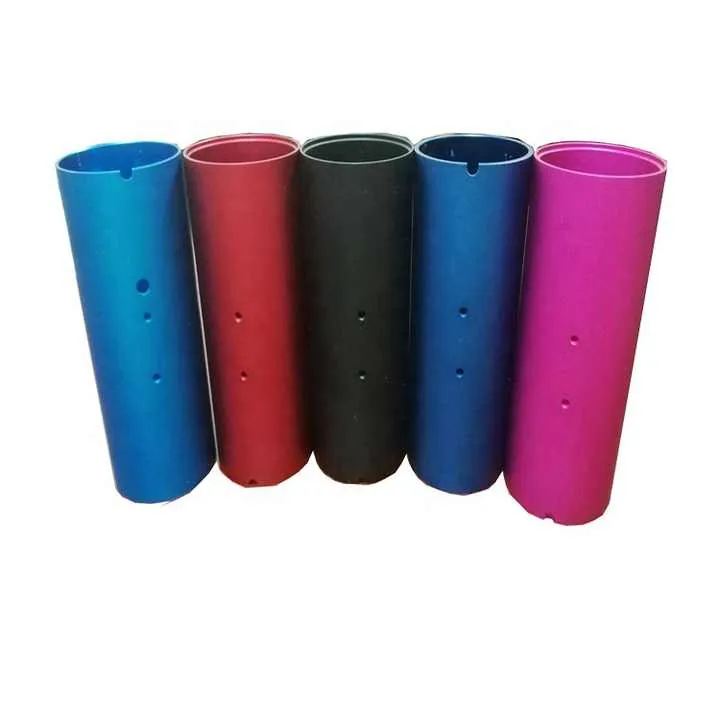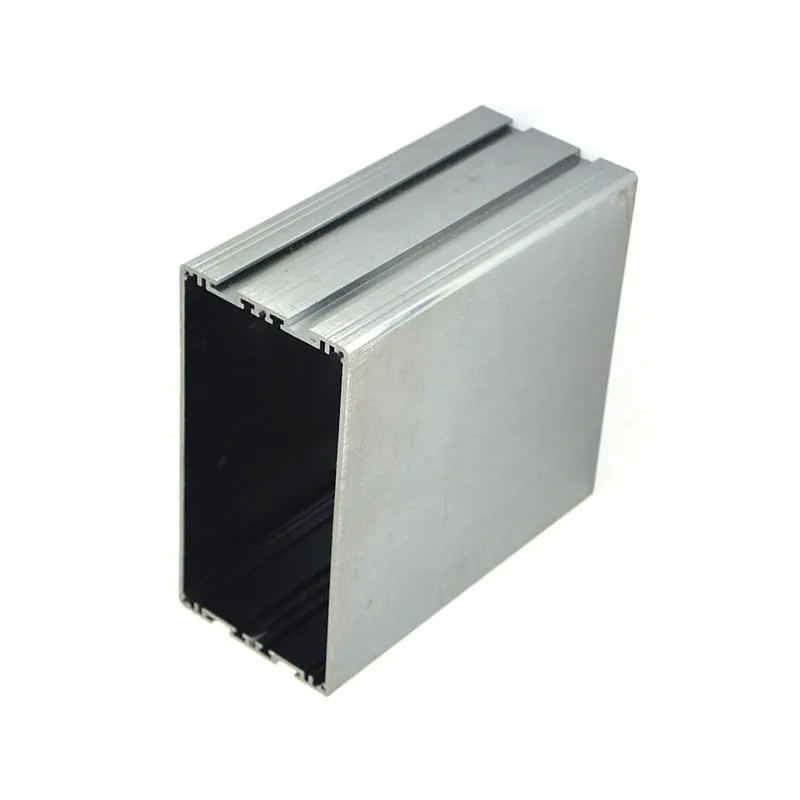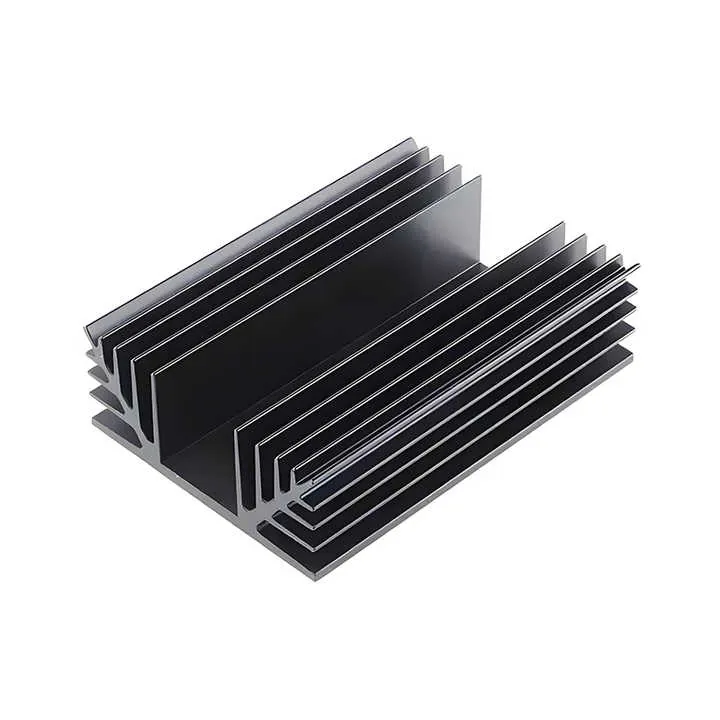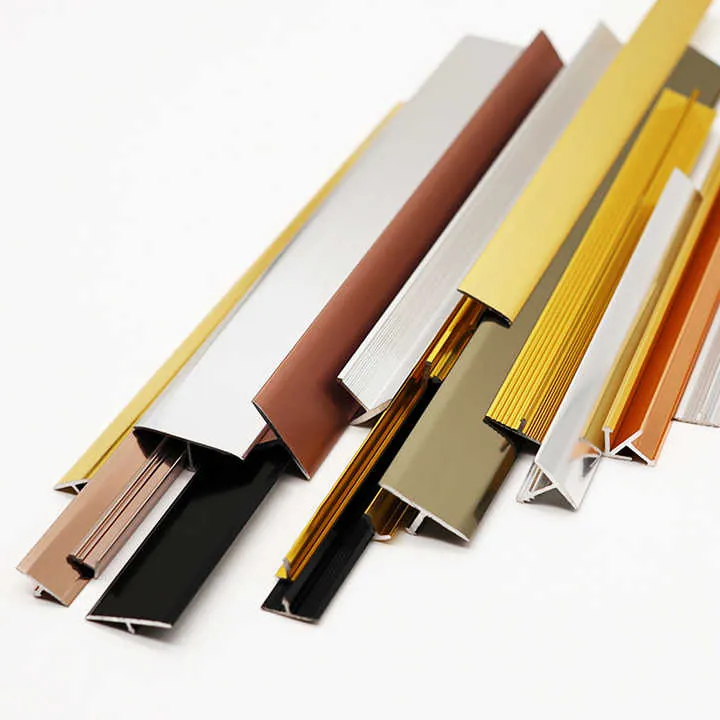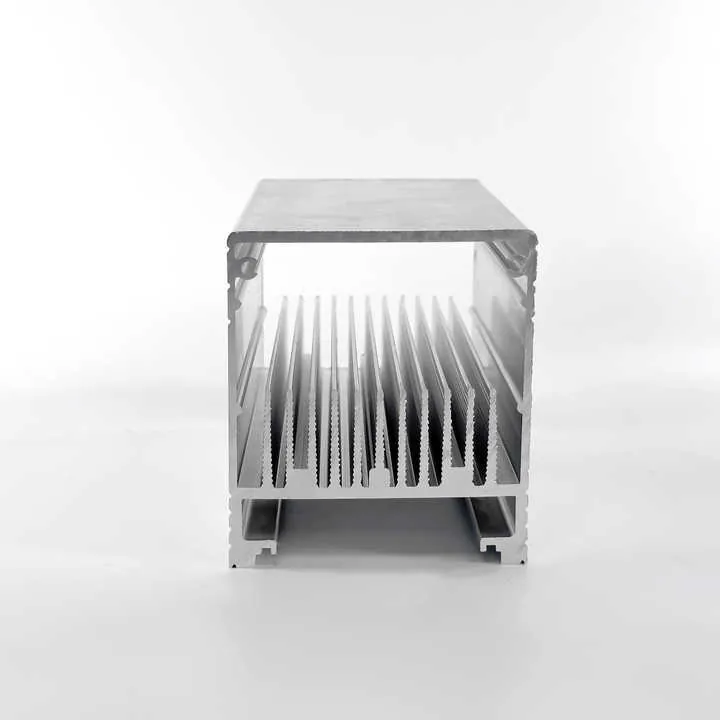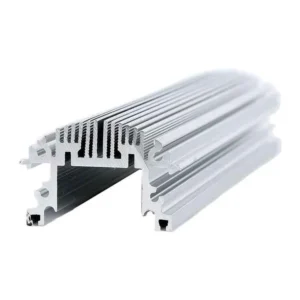
Polishing aluminum might seem simple—but getting that perfect mirror finish takes the right steps, tools, and patience. Many of our customers ask how to get their CNC aluminum parts to shine like chrome.
To polish aluminum, you need to sand it with increasing grit sandpapers, use polishing compounds, and finish with a buffing wheel. Proper care maintains the shine long-term.
Whether you're working on a custom enclosure, an automotive part, or a decorative panel, this guide walks you through the entire polishing process from dull metal to flawless shine.
What Grit Sandpaper Works Best?
If you want to polish aluminum, sandpaper is your best friend. But which grit should you use first?
Start with coarse grit like 320 if the surface is rough, then progress through 600, 1000, and up to 3000 grit for smooth, mirror-ready aluminum.
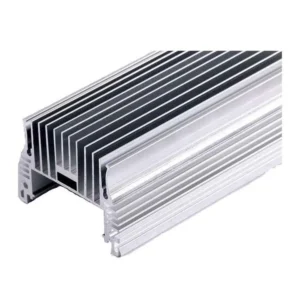
Aluminum is soft, so it scratches easily. That’s why step-by-step sanding is critical. You need to remove scratches from the previous grit before moving to the next finer level.
Step-by-Step Grit Progression
| Surface Condition | Starting Grit | Next Steps |
|---|---|---|
| Rough/CNC-milled | 320 | 600 → 1000 → 1500 → 3000 |
| Lightly Oxidized | 600 | 1000 → 1500 → 3000 |
| Already Smooth | 1000 | 1500 → 2000 → 3000 |
I always remind clients: never skip grit levels. Each finer grit removes the scratches from the previous one. If you jump too quickly, the surface may look shiny but still show swirl marks.
We once helped a Japanese customer preparing aluminum casing for a high-end medical device. He thought sanding from 600 to 2000 was enough. But we showed side-by-side results, and after adding 1000 and 1500 steps, the reflection improved drastically.
What Polishing Compounds Work?
Once sanding is done, you’re ready for polishing. But not all compounds are created equal.
Use a multi-stage aluminum polishing compound system: start with a cutting compound, then finish with a fine polishing or mirror-finish compound.
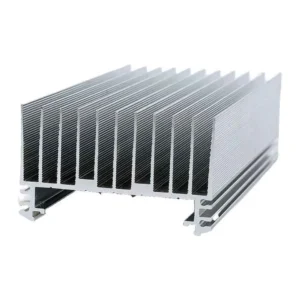
Polishing compounds are made with abrasive particles suspended in wax or paste. For aluminum, choose compounds designed for soft metals. Using a rotary tool or polishing wheel helps distribute the pressure evenly.
Common Aluminum Polishing Compounds
| Compound Type | Purpose | Color Code (Typical) |
|---|---|---|
| Cutting Compound | Removes fine scratches | Brown / Grey |
| Polishing Compound | Improves shine | White / Blue |
| Mirror Compound | High-gloss, no haze | Green / Purple |
How to Apply
- Use a soft polishing wheel (cotton or wool).
- Apply compound to the wheel, not directly to the aluminum.
- Polish in circular motion with medium pressure.
- Repeat with finer compound and a clean wheel.
In our factory, when polishing aluminum nameplates or decorative panels, we always follow this rule: one wheel per compound. Mixing compounds ruins the clarity.
How to Get a Mirror Aluminum Finish?
Polished is good—but mirror is next level. What's the secret?
To get a mirror finish, you must sand progressively to at least 3000 grit, polish with a fine compound, and finish with a buffing pass using a clean, soft wheel.
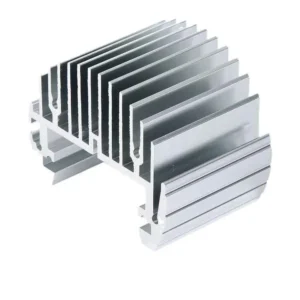
Aluminum won't reflect clearly unless every scratch is removed. Even microscopic swirl marks can break up reflections. Mirror finishing takes time, especially by hand.
Key Techniques for Mirror Polish
1. Wet Sanding
Wet sanding reduces heat and prevents clogging. It leaves a finer, more uniform finish.
2. Use a Polishing Machine
A rotary tool or bench buffer gives more consistent results than hand-polishing.
3. Final Buff
Use a clean, soft wheel (flannel or ultra-soft cotton) for a haze-free finish.
Sample Polishing Workflow
| Step | Tool or Material | Notes |
|---|---|---|
| 1 | 600 → 1000 → 2000 grit | Wet sanding recommended |
| 2 | Cutting compound | Cotton wheel, medium pressure |
| 3 | Mirror compound | Fresh soft wheel, light touch |
| 4 | Final buff (no compound) | Polish haze-free |
We once produced 500+ mirror-polished aluminum end caps for a luxury electronics brand. Their design team was super sensitive to visual quality. By following this method, they approved the batch without a single return.
How to Maintain Polished Aluminum?
Polishing is one thing—but how do you keep it looking perfect?
To maintain polished aluminum, avoid moisture, clean regularly with non-abrasive products, and apply a protective wax or sealant to prevent oxidation.
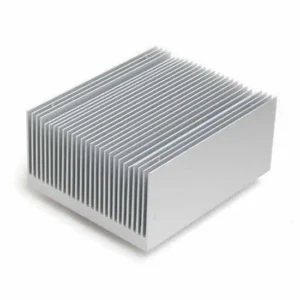
Aluminum’s biggest enemy after polishing is oxidation. Even a mirror finish will dull over time if left unprotected.
Polished Aluminum Care Tips
- Clean with microfiber cloths: Avoid paper towels or rough fabrics.
- Use pH-neutral cleaners: Harsh cleaners strip the protective layer.
- Apply wax or sealant: Use automotive wax or a clear metal sealant.
- Store in dry environments: Especially for decorative or show pieces.
Recommended Maintenance Products
| Product Type | Use | Frequency |
|---|---|---|
| Metal Polish Spray | Quick cleaning and shine | Weekly or monthly |
| Carnauba Wax | Protects against oxidation | Every 2–3 months |
| Ceramic Sealant | Long-term gloss protector | Every 6 months |
A US-based customer of ours, Sophia, asked us to provide polished aluminum housing for a limited-edition smart wearable. We included a wax seal on each piece to preserve the mirror finish. Her unboxing photos on LinkedIn later showed the reflection so clear, it looked like glass.
Conclusion
Polishing aluminum to a mirror finish takes time, but with the right grit sequence, compounds, and care—it’s totally achievable. Maintain it with regular cleaning and sealing to keep it shining.

